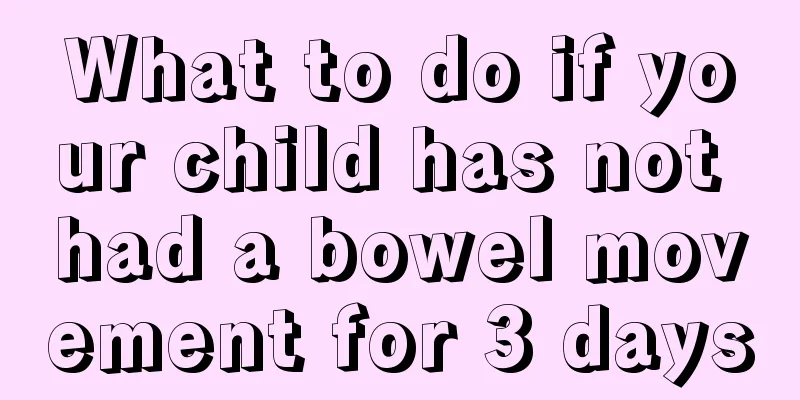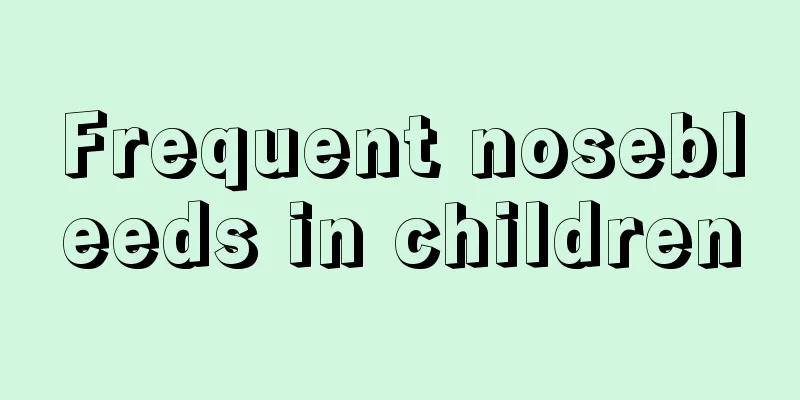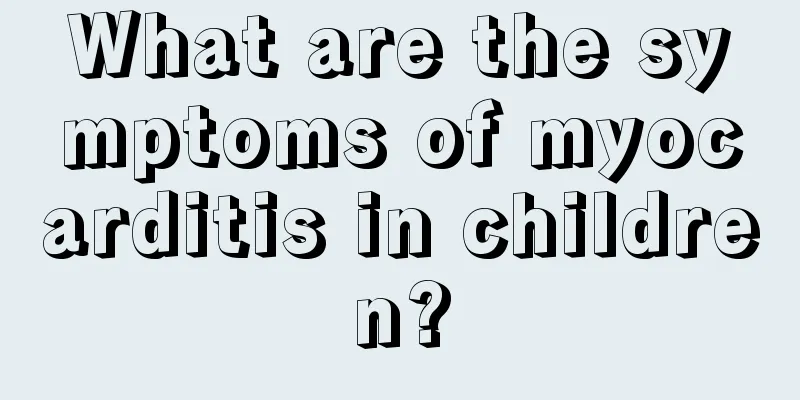What blood type will a child born from type O and type B blood have?

|
Blood type is a very magical thing. It is not just a tool for little girls to test their personality like their zodiac signs. Blood type has a huge impact on the birth of babies in many families. Many people do not understand the various reactions between different blood types, nor do they need to fully understand them, after all, the doctor will tell them. However, ignorant couples are usually shocked when they hear about the problem of neonatal hemolytic disease. So what blood types will children born from type O blood and type B blood have? Is there any difference between a woman with type O blood and a woman with type B blood? Which combination of blood types will cause neonatal hemolytic disease? The following is an introduction from several aspects. The child born from a woman with type O blood and a man with type B blood is generally type O or type B. Hemolytic disease of the newborn refers to alloimmune hemolytic disease of the newborn caused by incompatibility of the blood types of the mother and the baby. Among the 26 human blood type systems discovered so far, hemolytic disease of the newborn due to incompatibility of blood types A, B, and O is the most common, followed by the Rh blood type system, and MN hemolytic disease is relatively rare. When a woman with type O blood marries a man with type A, B, or AB blood, the fetus obtained after pregnancy can be divided into type A, type B, and type O. The fetus inherits blood type antigens from the father that are lacking in the mother. These antigens enter the mother through the placenta and stimulate the mother to produce corresponding immune antibodies. The antibodies then enter the fetus, and the combination of antigen and antibody causes fetal cell agglutination and destruction, resulting in hemolysis, which may lead to miscarriage and stillbirth. Newborns with incompatible maternal and fetal blood types may experience early-onset jaundice, heart failure or sequelae of jaundice, and if rescue is not timely, it may cause cerebral palsy, stupidity or even death. Of course, this situation does not only occur in mothers with type O blood, but it is most common for mothers with type O blood and children with type A or type B blood. However, the vast majority of newborns with incompatible maternal and fetal blood types do not get sick, which is related to factors such as the strength of the father's blood type antigens and the permeability of the placental barrier connecting the mother and the fetus. From the above introduction, we can understand that people with type O blood and type B blood will generally give birth to children with type O or type B blood. Women with type O blood may develop neonatal hemolytic disease. Young couples who understand this knowledge will not be frightened when these situations occur, but will be able to take appropriate measures to resolve them. They will also be able to understand the dangers and make preparations. |
<<: 4 month old baby milk intake
>>: What to do if your baby gets prickly heat
Recommend
How to solve the problem of baby kicking the quilt at night
The problem of babies kicking off the quilt at ni...
Why does the baby blink so hard?
It is normal for children to blink their eyes, be...
What are the first aid knowledge for primary school students?
In daily life, with the current traffic congestio...
Why does my baby keep drooling?
Children's health is something that every fam...
What should I do if my baby’s legs are not straight?
In daily life, some people have very straight leg...
What to do if your child's feet are itchy
There are many reasons for athlete's foot. It...
How to supplement zinc and iron deficiency in babies
As children grow older, their bodies need more an...
What should I do if my child’s skin itches and develops red bumps?
Children's skin is very fragile, so we often ...
Causes and treatment of bloody stools in children
Babies are the apple of every parent’s eye and th...
What should I do if my child has diarrhea due to food poisoning? Teach you effective treatment methods!
If infants and young children have diarrhea due t...
What to do if baby's leg lines are asymmetrical
The healthy growth of the baby requires us to obs...
What should I do if my child’s nose is swollen?
Parents all know that as long as children are hea...
Why does my child vomit in the middle of the night?
As a new mother, I am often overwhelmed by some d...
What to do if your baby has acute tonsillitis
Acute tonsillitis is a disease that babies can ea...
What to do if your baby's teeth are not straight
What should I do if my baby’s teeth are uneven? I...









